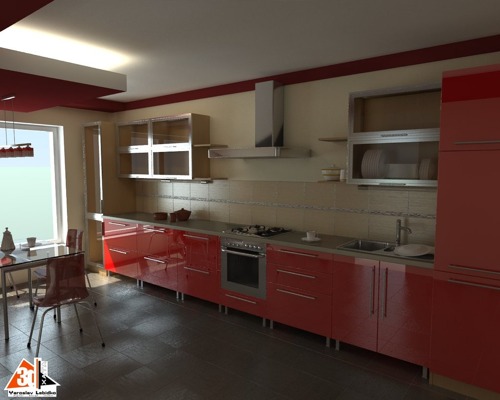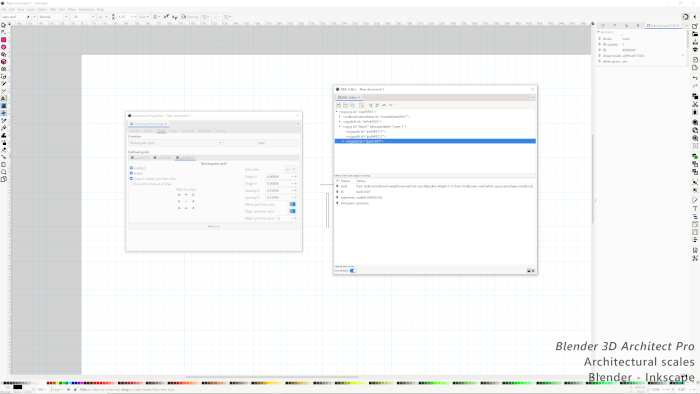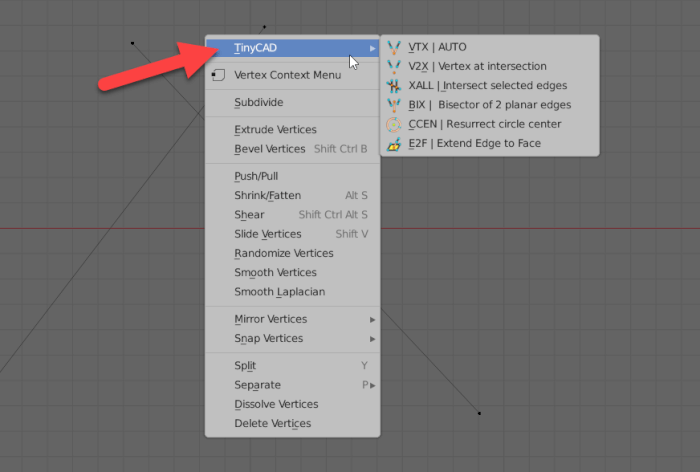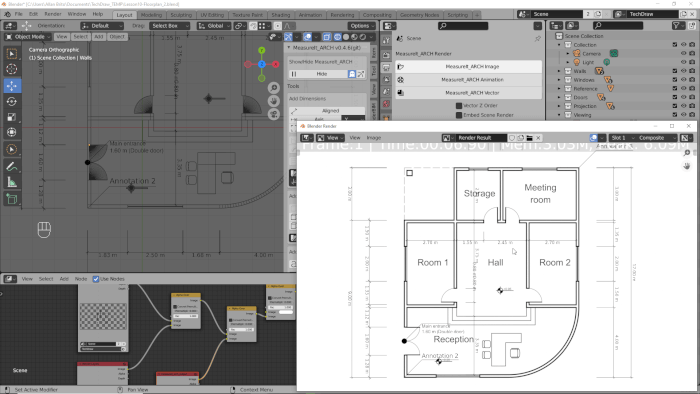
How to improve interior design renderings with YafaRay and Blender 3D?
An external view of a Project is very simple to accomplish in comparison with interior views, because of the complexity of the light interaction and the setup of light sources. For external views, in most cases we only have to setup a daylight simulation with a sky background and it's mostly done. In architectural visualization projects developed in Blender 3D and rendered with YafaRay, the best render method to be used in interior views is Photon Mapping. But, pick Photon Mapping as render method won't solve the render. All settings for this method must be changed to fit your project.
One of the things I learn along all those years working with architectural visualization, especially for interior design projects, is that we don't have a group of settings that can be applied to all scenes. In fact, each project represents a new challenge to the artist, based on the materials and lighting of the scene. If you want to learn a few tips to create great interior design scenes with YafaRay, there is a thread at the YafaRay user forums discussing the best settings for Photon Mapping in interior design projects.
The discussion was started by an artist called Yaroslav_L and the objective was to show the setup and a few render tests for a kitchen scene he created with Blender 3D.

And to encourage other artists to make render tests with YafaRay and Blender, this scene is available to download along with all textures required to render the scene. The scene itself is a great resource to see all Photon Mapping parameters used to create the image.
For artists that never fully understood the relations between Diff Radius, Search and the number of Photons on the scene, the tips will be very useful, along with some render tests. Another point discussed is how the 2d model should be represented. The scale of the model and how much of that can influence the final result.
The tips from the artist worth the visit to the thread, but things become more interesting with the discussion on the subject. If you are an architectural visualization artist working with YafaRay, I strongly suggest a visit to the thread and read carefully all messages.





I am the author of this picture.
The problem of PM settings researching is that users make their experiments in very poor scenes like Cornell Box, or the scenes without front or side wall. So because I share this scene for complex researching.
Regards.
_____________________________
See more ArchViz at my page:
http://www.3DXATA.com.ua
Even the discusion goes on, I´ve created a PDF with the resume of the techniques exposed in the thread:
http://www.foro3d.com/714753-post60.html
(it´s the document attached in the linked page, called “PHOTON MAPPING Yafaray Quick Guide.pdf”)
But I think an “oficial” tutorial will come out of the thread 🙂
Greetings
I would like to know what the advantages and disadvantages of Blender are, in relation to the game engine, remote control, operation systems, license, and so on.
Could anyone help me?